For many years Sony brand was associated with “BRAVIA TVs”, Panasonic – with “VIERA TVs”, Toshiba – with “REGZA TVs”, and Sharp – with “AQUOS TVs”.
Looking at the FY2015 results, we can notice:
- Sony’s television business turned its first operating profit in 11 years after losing ¥790B in 10 years;
- Panasonic, Sharp and Toshiba’s television business showed losses.
Nowadays the most profitable segments for these famous Japanese brands are:
- Automobile & Industrial segment for Panasonic
- Electronic Devices & Components segment for Toshiba
- Financial Services segment for Sony
- Business Solutions segment for Sharp.
Let’s explore financial results of iconic Japanese brands in more details.
1. PANASONIC CORPORATION
Panasonic reported financial results for the fiscal year ended March 31, 2015 on April 28, 2015.
Photo: Hideaki Kawai, Senior Managing Director and Kazuhiro Tsuga, President, Panasonic Corporation.
- Net Sales result is ¥7,715B vs. ¥7,736.5B last year, FY15 net sales forecast is ¥8.0T. Lower sales happened because of decrease in demand in Japan after 3-percentage-point consumption tax hike to 8% since April 2014.
- Operating Profit 5% ratio, a mid-term plan target is achieved (¥381.9B). The biggest operating profit delivered by Automobile & Industrial Systems (¥105.7B) followed by Eco Solutions (¥95.3B), AVC Networks (¥51.8) and Appliances (¥40.5B). Operating profit forecast for FY2015 is ¥430B (5.4%).
- Net profit was ¥179.5B in FY2014 vs. ¥120.4B net profit in FY2013. FY2015 net profit forecast is ¥180B.
- ROE = 10.6% (FY2014), improved by 2.0 points from last year.
Panasonic named four “challenging businesses” in FY2014:
- Semiconductor business showed negative operating profit: -¥14.7B (-8.1%),
- LCD panel business recorded -¥3.6B (-4.5%) operating profit,
- TV set business operating profit was – ¥14.9B (-3.3%) in FY2014 vs – ¥15.2B (-3.0%) operating profit in FY2013.
- Air-Conditioner business had “only” ¥15.9B profit (3.5%) in FY2014.
2. TOSHIBA CORPORATION
Toshiba has previously forecasted to achieve ¥120B net profit and ¥330B operating profit for the year ended March 31, 2015 but it faced a bumpy road still preventing it to announce its FY2014 results.
On April 3, 2015, Toshiba established a Special Investigation Committee to conduct an investigation into the percentage-of-completion method of accounting used in certain infrastructure projects undertaken by three its in-house companies: Power Systems Company, the Social Infrastructure Systems Company and the Community Solutions Company.
At the meeting of the board of directors on May 8, 2015, Toshiba Corporation decided not to pay a year-end dividend for FY 2014 because it was unable to finalize its financial statements.
In addition to that, Independent Investigation Committee was created that was composed solely by fair and impartial outside experts to audit the following accounting issues:
- Percentage-of-completion method;
- Recording of operating expenses in Visual Products Business;
- Valuation of inventory in Semiconductor Business;
- Component transactions in PC Business.
Toshiba Corporation is going to have its Ordinary General Meeting of Shareholders on June 25, 2015 when top management will report to shareholders about investigation on appropriateness of accounting and temporary reelection of 16 Directors will be done. Tokyo Stock Exchange rules require reporting annual earnings by the end of June. Failure to do so could place Toshiba on a watch list for delisting.
Toshiba’s financial results for fiscal year ended March 31, 2015 are expected to be reported at Extraordinary General Meeting of Shareholders to be held at a not specified later date. Sixteen Directors (most of them Outside Directors) will be elected.
3. SONY CORPORATION
On February 18, 2015 Sony unveiled its mid-term corporate strategy.
Photo: Kazuo Hirai, President and CEO at Sony Corporation
Sony will position Return on Equity (ROE) as its primary key performance indicator and has set
- a target for consolidated ROE of more than 10% and
- a target for consolidated operating profit of more than 500 billion yen
for the Sony Group in the fiscal year ending March 31, 2018, the final year of its mid-range corporate plan. Each business has been assigned a target figure for Return on Invested Capital (ROIC) linked with the ROE target for Sony Group as a whole, and will be managed with a clear emphasis on profitability.
Sony reported financial results for the fiscal year ended March 31, 2015 on April 30, 2015.
Photo: Kenichiro Yoshida, Executive Deputy President at Sony Corporation.
- Net loss is ¥126B, its sixth net loss in seven years.
- Sony expects to post net income of ¥140B this fiscal year ended March 31, 2016
- FY2014 Operating Income is ¥68.5B, FY2015 forecast is ¥320.0B
- Sony plans to issue an interim dividend of ¥10 per share in FY2015.
- CEO Kazuo Hirai has a plan to rebuild the company around its Hollywood studio, videogame division and image sensor unit
- CFO Kenichiro Yoshida: “We have reduced our sales costs by 20% and our corporate costs by 30% and we have stopped the bleeding in electronics, except for mobile”.
- Sony Corp. President Kazuo Hirai and seven other corporate executive officers will give up their bonuses for the fourth consecutive year to take responsibility for the company’s massive loss for fiscal 2014
- Gaming. Sony sold 14.8 million PS4 consoles in FY14, and is forecasting 16 million in FY15 Entertainment and Sound.
- Devices. Sony supplies CMOS modules for Apple iPhone6 and Samsung Galaxy S6.
- Mobile Communications (MC): focus on selling on a few specific regions high-value added models in order to emphasize profitability, smartphone unit sales will decrease from 39.1 million to 30 million in fiscal year 2015. Losses in MC segment are expected to fall from ¥6 B to around ¥39 B.
- Home segment (HE&S) recorded ¥1B operating income in FY2014 compared to ¥25.5B operating loss in FY2013.
- Television business, which is the part of HE&S, turned a profit of ¥8.3B in FY2014 for the first time in 11 years. TV business recorded ¥7B operating loss in FY2013. Before Sony’s TV unit lost ¥790B during 10 years. Sony expects to record a ¥5B profit in the Television business in FY2015.
4. SHARP CORPORATION
Sharp has reported financial results for the fiscal year ended March 31, 2015 and its 3-year midterm plan on May 14, 2015:
- Sales contracted 4.8% to ¥2.790B ¥2.927B a year ago due to LCD TV (down 8.6%) and solar panels (down 38.3%) sales decline and small- and medium-size LCD panel price drop. Next year sales forecast is ¥2.800B. Sharp sold 7.03 M LCD TVs and 5.56M mobile phones in FY2014.
- An operating loss of ¥48.07B in FY2014 vs. ¥108.56B operating profit in FY2013. Sharp plans ¥80.0B operating profit for FY2015. Out of all Product Groups Business Solutions group recorded the biggest operating profit (¥31.4B) while Digital Information Equipment group recorded the biggest operating loss (-¥13.4B) for FY 2014.
- A net loss of ¥222.35B for FY2014, a third loss in four years. This compares with a net profit of ¥11.6B and earlier target of ¥30B loss.
Major components of FY2014 net loss were
- ¥77.7B impairment loss at Kameyama and Mie LCD plants,
- ¥58.7B allowance for difference between long-term contracted price of polysilicon and the actual market price (Energy Solutions),
- ¥29.5B LCDs inventory write-down,
- ¥9.9B restructuring cost of LCD TV business in overseas markets,
- ¥9.2B impairment loss at Solar plant in Sakai,
- ¥6.6B impairment loss at Fukuyama/Mihara electronic device plants recorded in 4Q.
- Sharp forecasts ¥180B net loss for FY2015.
- Excluding group companies, liabilities total ¥57T. This is more than total assets of ¥1.56T
- Sharp Corp’s market capitalization has shrunk to ¥355B from a peak of ¥3,000B in late 1999.
- No dividends will be paid for FY2014 and FY2015.
- Sharp plans to axe 5,000 jobs or 10% of its global workforce by voluntary retirement in Japan and downsizing of overseas bases.
- Sharp might seek a partner for its TV business in North America as it did in Europe by licensing its TV brand to Universal Media Corp.
- Sharp would reduce its capital to ¥500M from over ¥8B to cancel out its accumulated losses.
- Kozo Takahashi would stay as president, while chairman Takashi Okuda would be replaced by representative director Shigeaki Mizushima. Three other representative directors: Tetsuo Onishi, Norikazu Hohshi and Fujikazu Nakayama, will retire. Instead of four representative directors before, only one representative director, Yoshisuke Hasegawa, will be appointed effective June 23.
SHARP’s 3-year plan (FY2015-FY2017)
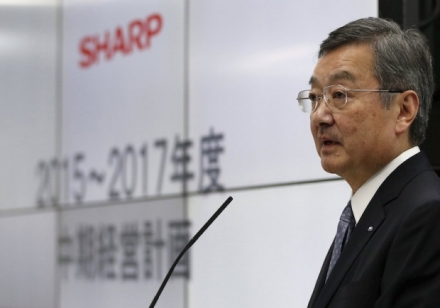
Photo: Kozo Takahashi, President at Sharp Corporation.
- Return to bottom lin e profits in FY 2016 (ending March 31, 2017).
- Operating profit forecast is ¥80B in FY2015 (2.9% of sales), ¥100B (3.4% of sales) in FY2016 and ¥120B (4% of sales) in FY2017.
- Net Sales forecast is ¥2.8T in FY2015, ¥2.9T in FY 2016 and ¥3.0T in FY2017.
- Mizuho Bank, Ltd. and The Bank of Tokyo-Mitsubishi UFJ, Ltd. will each inject ¥100B in a debt-for-equity swap by buying preferred shares.
- Japan Industrial Solutions, a corporate turnaround fund, will provide ¥25B in return for preferred shares and appointment of its Chairman, Masahiro Sumita, and its President and CEO, Shinichi Saito as Outside Directors at Sharp Corporation.
- Sharp will introduce five-company system with flat structure inside of each company from October 2015.
- Consumer Electronics:
- focus on Japan and Asia,
- enforcing operation in China
- consider the possibility of business alliances for TV Business in Americas
- termination of TV/consumer electronics businesses (shift to brand business) in Europe
- termination of TV business in Canada, Australia and New Zealand
Sharp and Sony will have General shareholder’s meetings on June 23rd, Toshiba and Panasonic on June 25th, 2015.
Corporate Governance Code, developed by Japan’s Financial Services Agency (FSA), comes into effect in June 2015. Let’s see how it changes the discussion between top management of Japanese corporations and shareholders.
Abbreviations and terms explanation:
Fiscal year – Japanese fiscal year is represented by the calendar year in which the period begins; for example, the fiscal year from 1 April 2014 to 31 March 2015 is called FY2014.
M – “million”
B – “billion”
T – “trillion”
Write down – to decrease the book value of an asset.
Impairment loss – the difference between the fair market value and the book value.
Return on Equity (ROE) = Net Income / Shareholder’s Equity
Shareholder’s equity doesn’t include preferred shares.




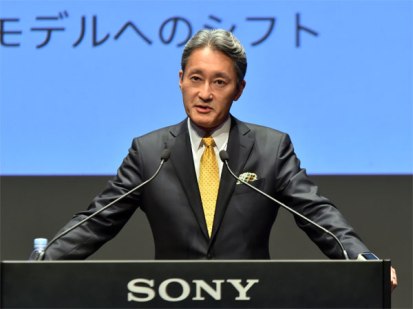
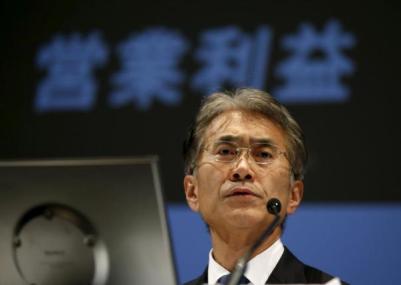

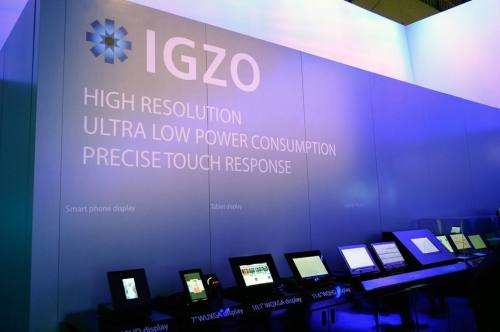
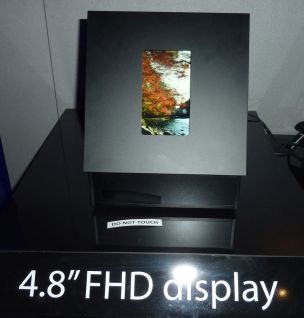
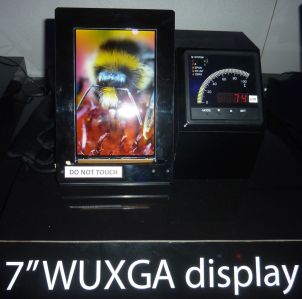
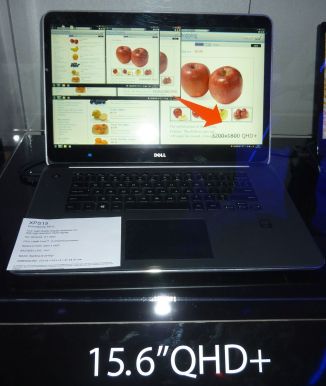
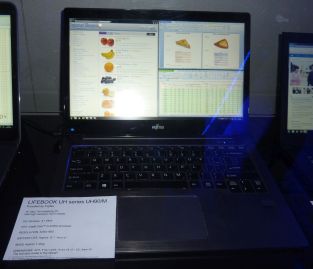
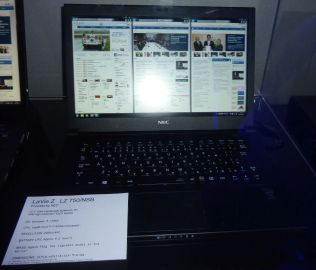
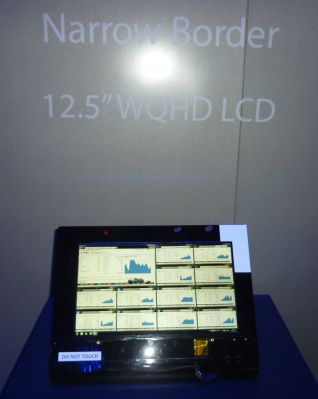
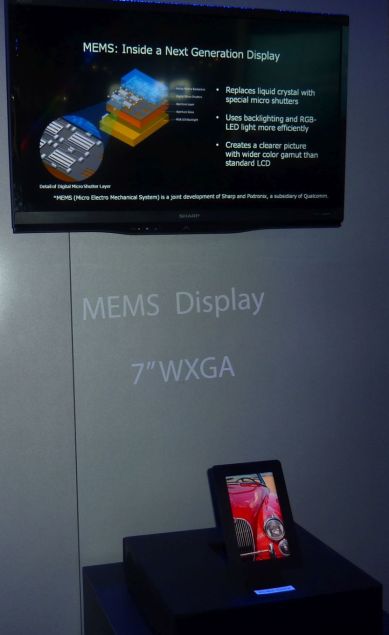



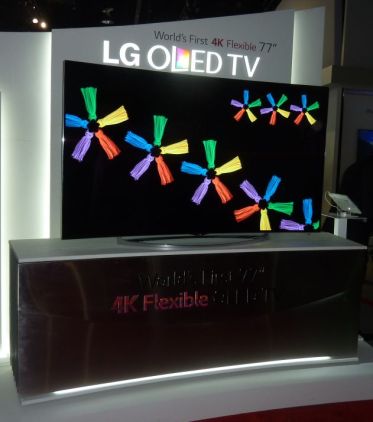
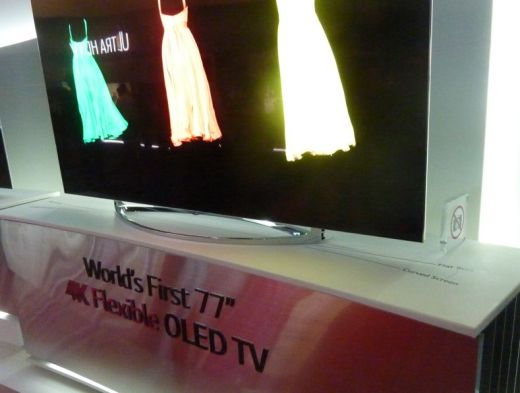
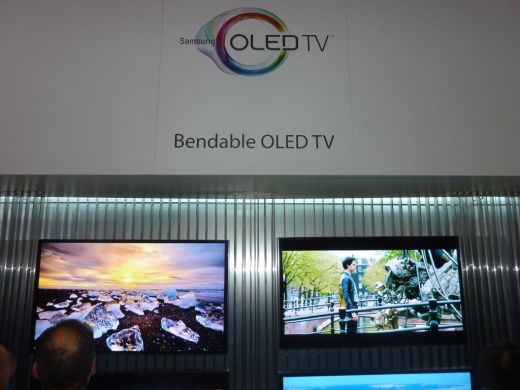
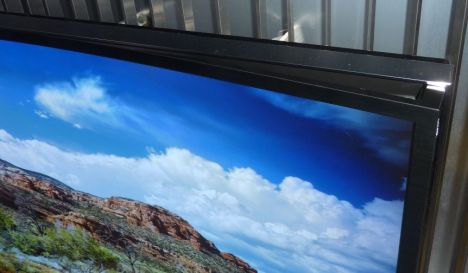
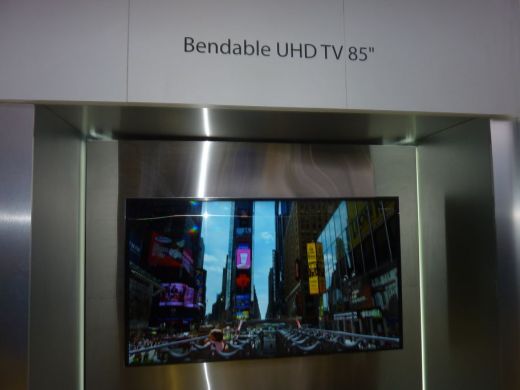
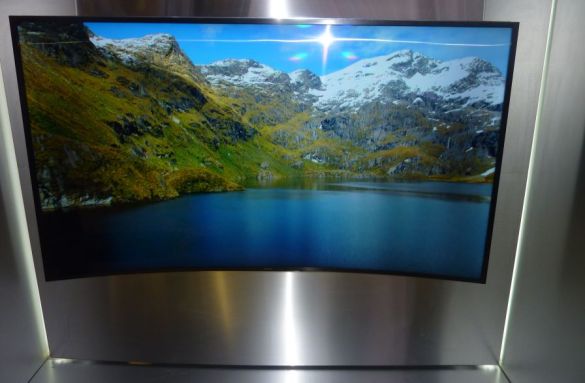
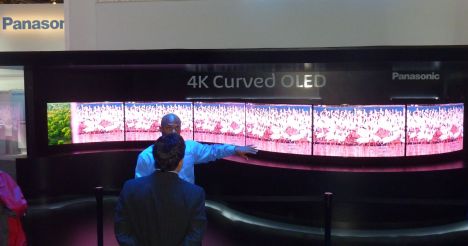
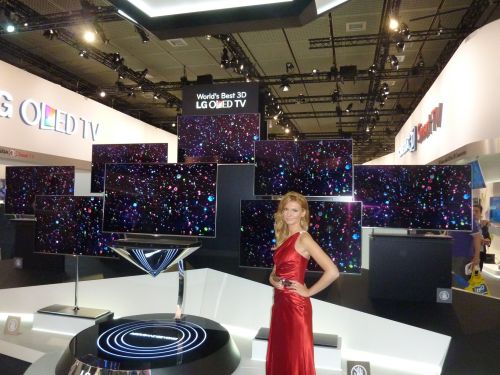
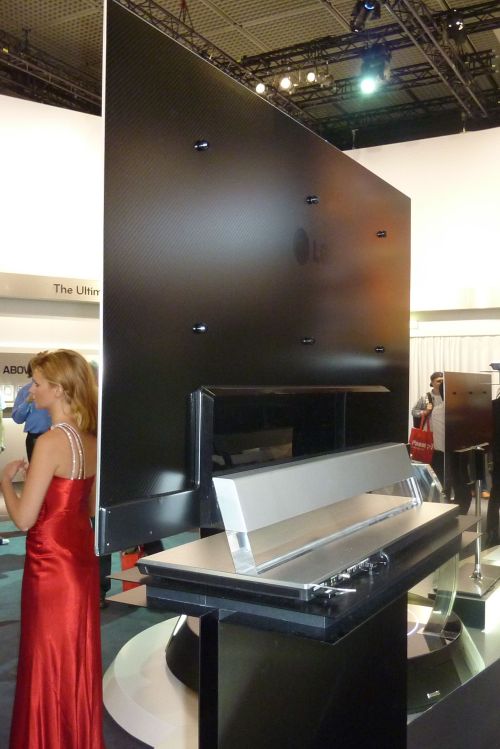
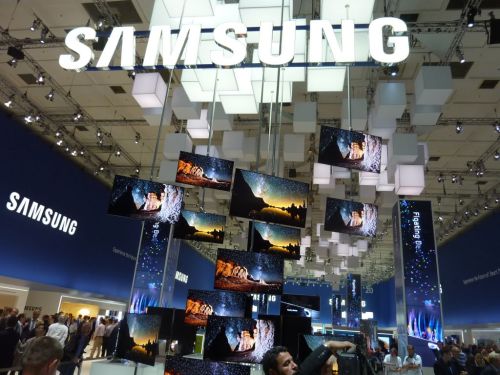
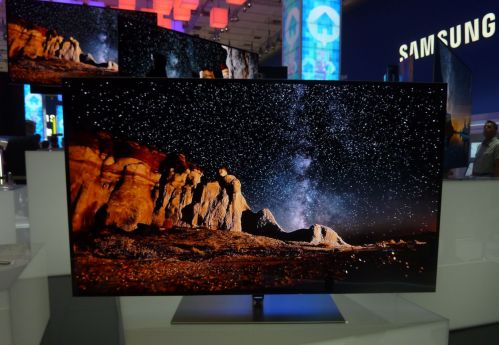
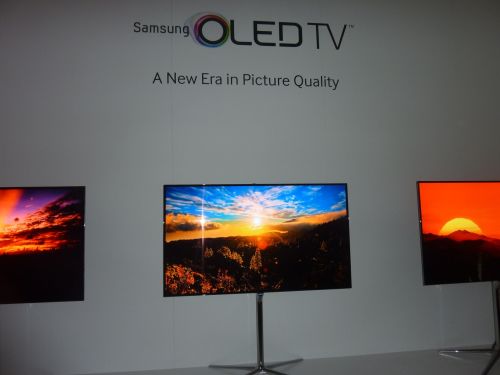
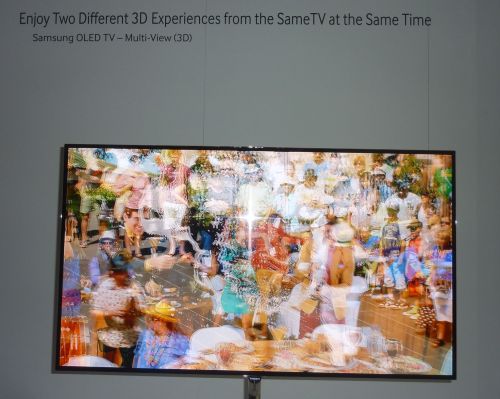
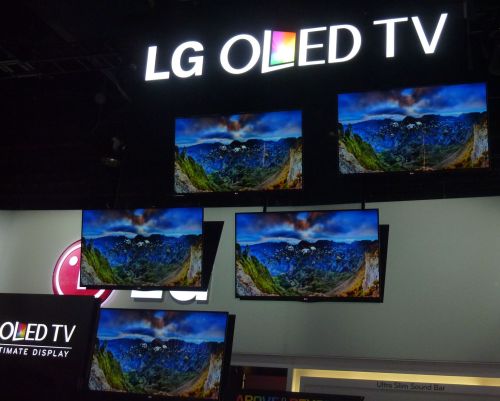
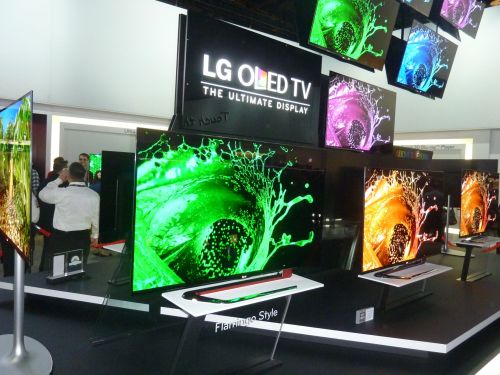
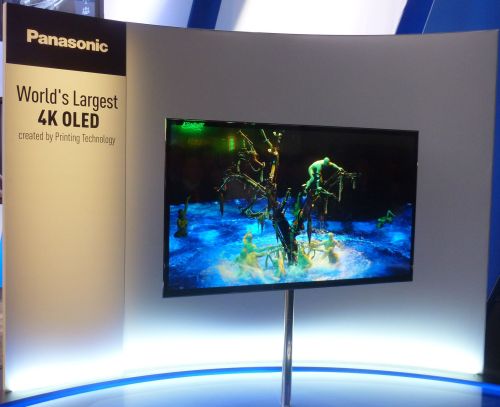
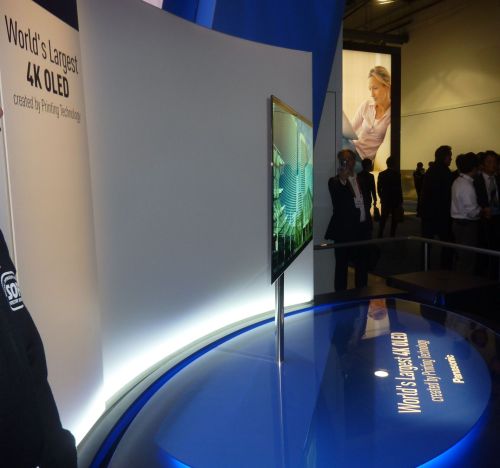
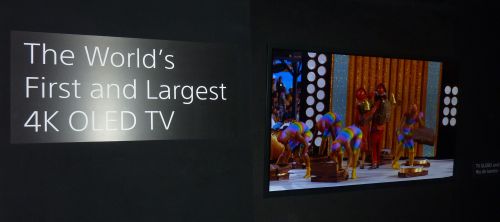
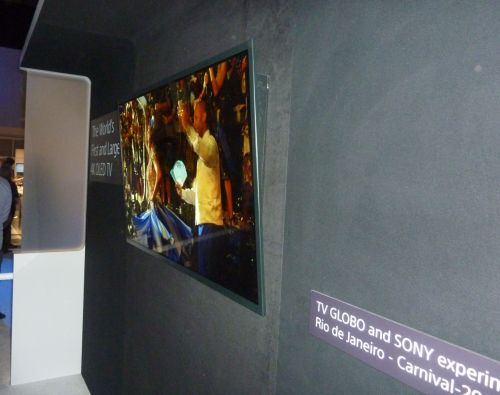
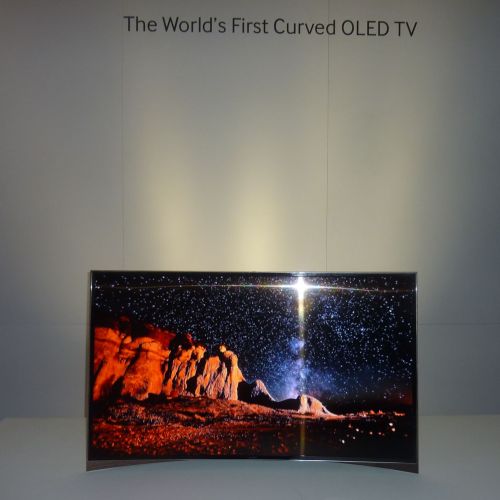

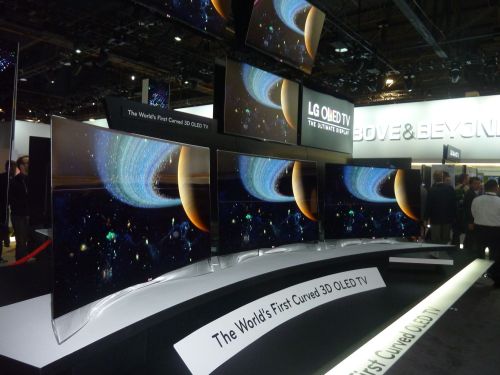
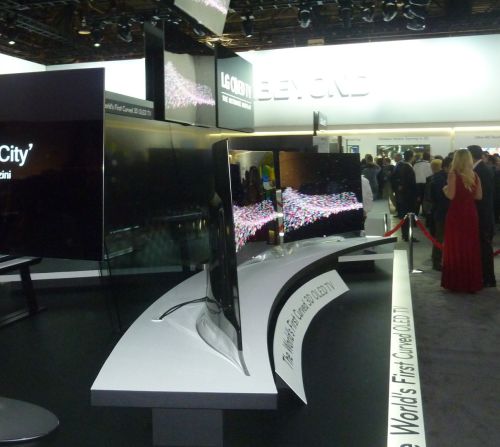
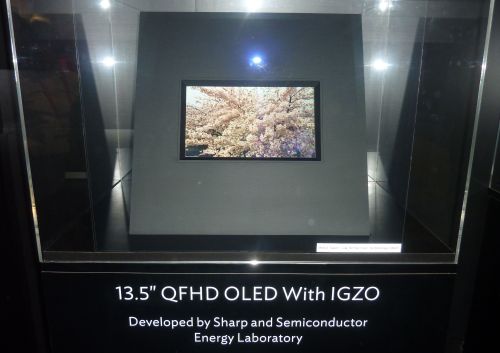
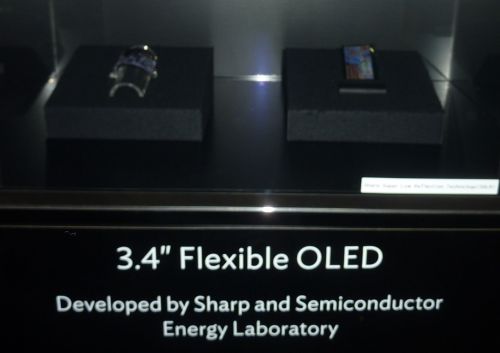
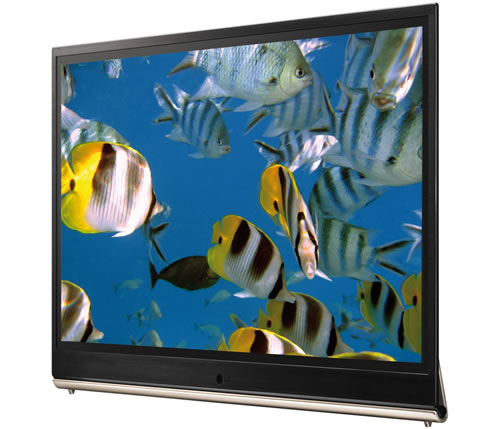






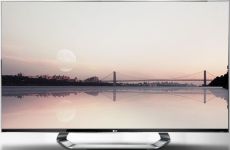


Recent Comments